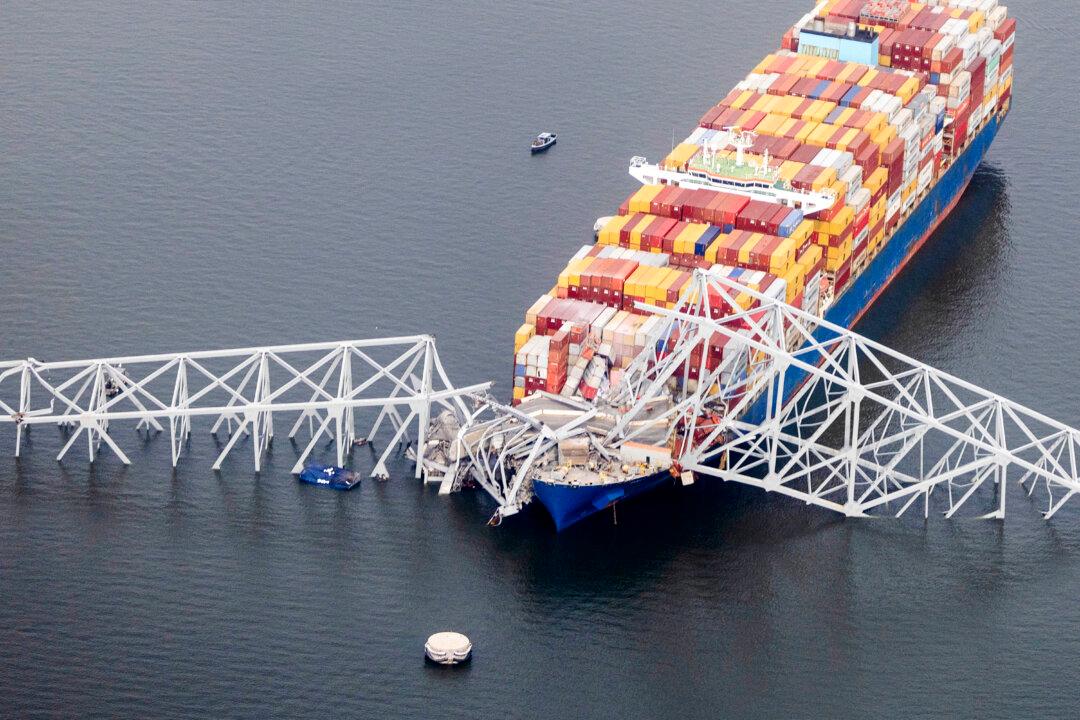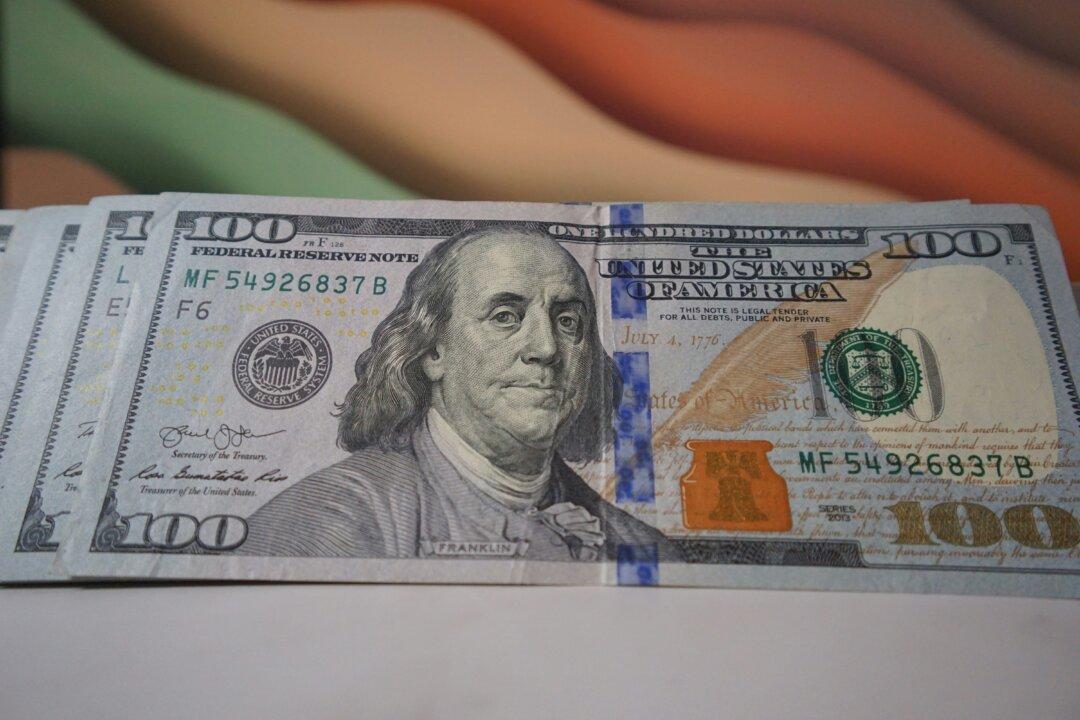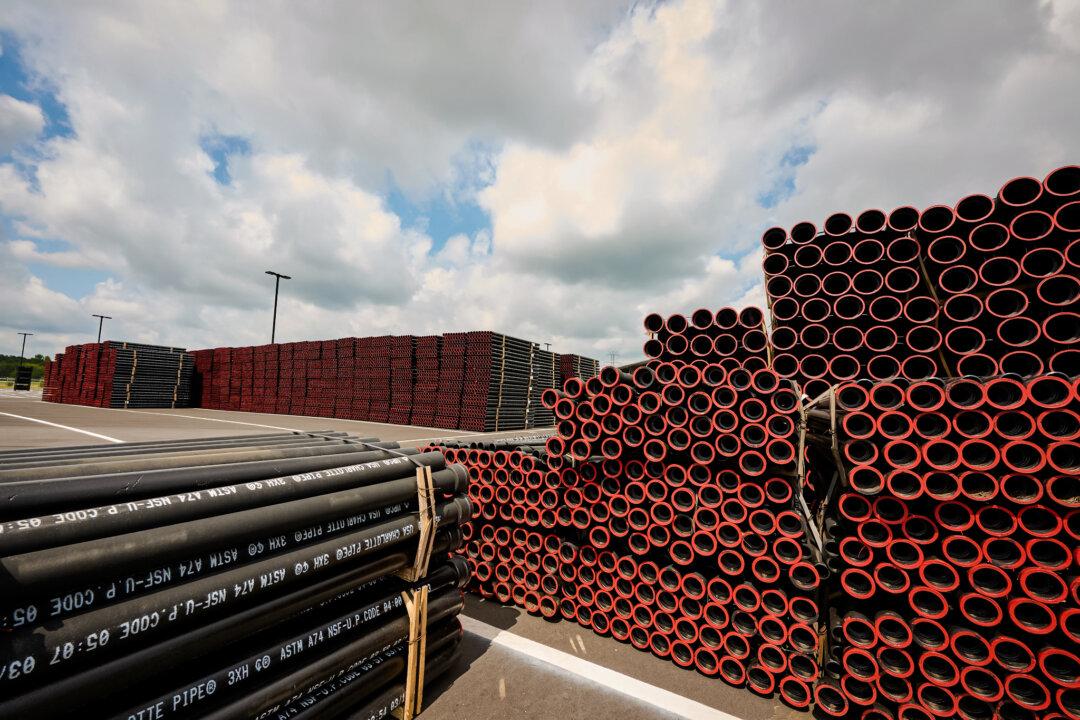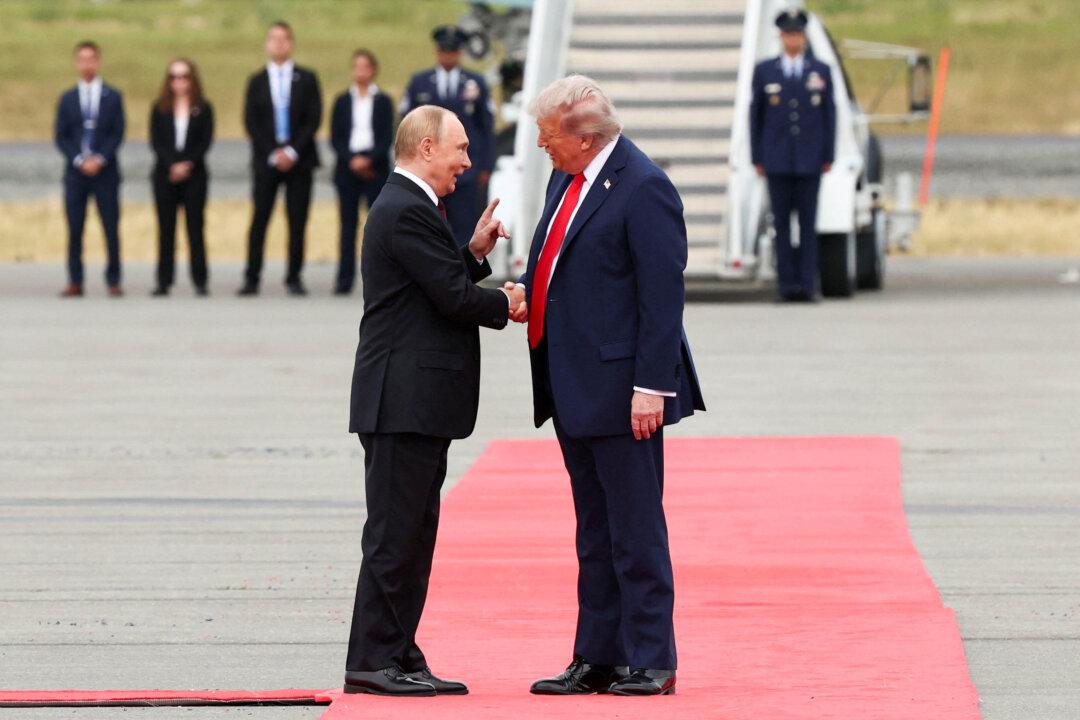This text appeared in the ‘Top Story’ email newsletter sent on March 30, 2024.
The 95,000-ton Dali was carrying 4,700 cargo containers weighing up to a collective 262,000 tons when it knocked down the Francis Scott Key Bridge early Tuesday, creating what is known in the media business as “a news event” in Baltimore Harbor that dominated the airwaves and headlines for days.
But the story is not only in Baltimore Harbor. The story is global. The story spans every sea lane, river, harbor, and port across the world.





